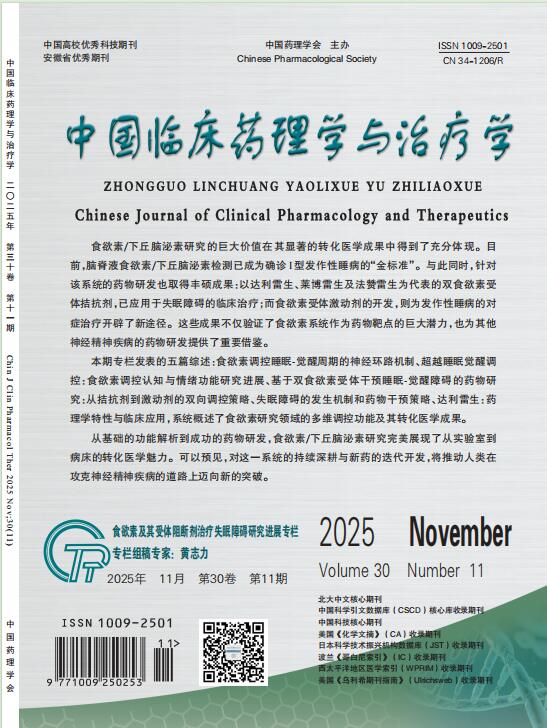AIM: To study the effects of Astragaloside Ⅳ (AS-Ⅳ) on early kidney damage and the mechanisms in diabetes mellitus rats induced by Streptozotocin (STZ). METHODS: The diabetic rats model was established by intraperitoneal injection with STZ (55 mg/kg) and the model rats were randomly divided into model group,AS-Ⅳ (20, 40, 80 mg/kg) group. After 8 weeks of administration, body weight, blood glucose, 24 hours urinary protein excretion rate (24 h UAER), the level of serum creatinine (Scr), urea nitrogen (BUN) , serum SOD, GSH-Px activity and MDA content were measured. HE and PAS staining were used to observe renal histopathology and Western blot was used to detect the expression of TGF-β1, Nrf2 and HO-1.RESULTS:Compared with control group, the blood glucose, kidney index, MDA content and the level of Scr, BUN, 24 h UAER and expression of TGF-β1, total protein of Nrf2 and nucleus protein of Nrf2 increased significantly and the serum SOD and GSH-Px activity decreased significantly in diabetes mellitus model group. Compared with model group, AS-Ⅳ(40, 80 mg/kg) group could decrease MDA content , the level of Scr, BUN, 24 h UAER and increase serum SOD and GSH-Px activities, expression of TGF-β1 was decreased by AS-Ⅳ(80 mg/kg) group, expression of total Nrf2, nucleus Nrf2 and HO-1 were increased by AS-Ⅳ(80 mg/kg) group.CONCLUSION:AS-Ⅳ can inhibit renal oxidative stress injury. The meachanism may be related to increasing the serum antioxidant activity and reducing the expression of TGF-β1, activation of Nrf2 pathway, upregulating the expression of antioxidative protein in HO-1.

